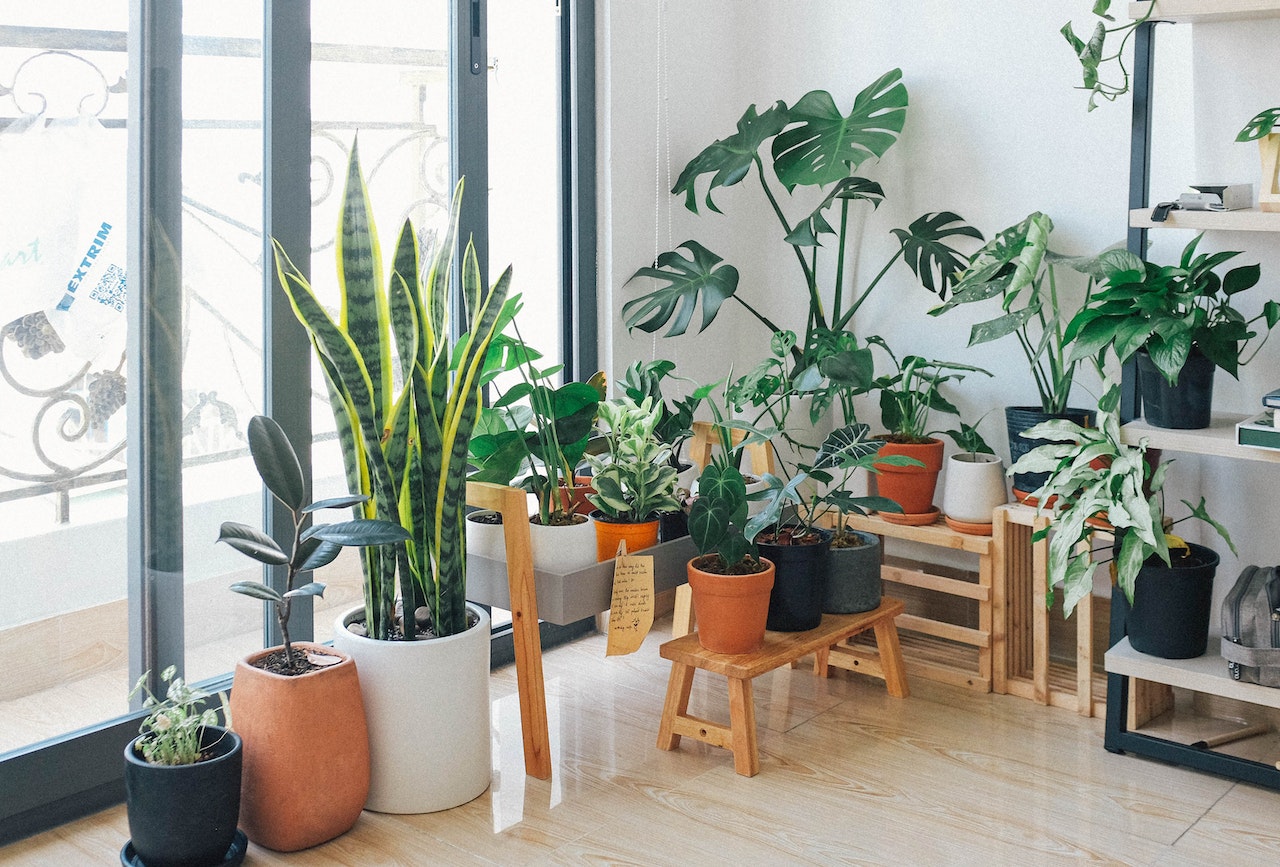Are you planning to relocate your cherished plants and outdoor greenery to a new home or garden? It can be a rewarding yet challenging endeavor. In this guide, we’ll provide you with valuable tips and resources to make the process of moving a garden smooth and successful. Don’t worry. Verified Movers are here to help you in your process of relocating plants and outdoor greenery.
Is Relocating Plants and Outdoor Greenery a Good Idea?
Before we dive into the tips, let’s discuss why relocating plants and outdoor greenery is a great idea. Moving your green companions can breathe new life into your surroundings, add freshness to your space, and preserve the memories associated with your garden. Also, it is a great idea if you want to renovate your new home on a budget. Plants are relatively cheap but add so much taste to any room in your house.
Assessing your plants
Before you start digging up your plants, take some time to assess their health and needs. Inspect for pests, diseases, and any signs of stress. Healthy plants have a better chance of thriving in their new environment. Furthermore, timing is crucial when it comes to relocating plants. Spring and early fall are generally the best seasons for transplanting. The milder temperatures and increased rainfall during these periods give your plants a better chance to establish themselves.

Preparing the New Location
Prepare the new home for your green friends. Clear the area of weeds and debris, and ensure that the soil is suitable for the types of plants you’ll be moving. Adequate sunlight and proper drainage are also essential considerations. However, be aware that plants, especially big ones, fall into the category of items your movers won’t move. So, you will probably have to carry it yourself or ask some friends for help. Which isn’t a bad thing on its own. This way, you can ensure the odds that relocating plants and outdoor greenery ends in a success.
Proper Digging and Transplanting
When it’s time to relocate, dig a generous hole around the plant, taking care not to damage the roots. Gently lift the plant, keeping as much soil around the roots as possible. Place it in the prepared hole, making sure it’s at the same level as it was in its previous location. After transplanting, water your plants thoroughly. This helps settle the soil and reduces transplant shock. Applying mulch around the base of the plant can help retain moisture and keep weeds at bay.
Caring for Plants After Moving a Garden
Pay special attention to your transplants in the first few weeks. Keep the soil consistently moist but not waterlogged. Provide support if needed and monitor for any signs of stress or disease. Moving is stressful and anxiety-ridden on its own. So, expect the worst and work on mental and emotional preparation for a move. Will it turn sour? Probably not, but you can never be too prepared when it comes to relocating plants.

Resources for a Successful Relocation
Relocating plants and outdoor greenery is a task that requires some know-how. Here are some valuable resources to help you along the way:
- Local Gardening Communities: Join local gardening clubs or online forums. Fellow gardeners often have invaluable tips and advice based on their experiences.
- Gardening Books and Guides: There are plenty of books and online guides dedicated to plant relocation. Look for ones that focus on your specific plant types.
- Nurseries and Garden Centers: Local nurseries can provide guidance on plant care and offer suitable planting materials.
- Professional Gardeners: Consider hiring a professional gardener or landscaper for complex or delicate transplanting projects.
- Online Tutorials: YouTube and gardening websites offer video tutorials that visually demonstrate the relocation process.
- Plant-Specific Advice: Research specific care instructions for the plants you’re relocating. Different species may have unique requirements.
Protecting plants during transport
Once you’ve carefully transplanted your greenery, it’s essential to protect it during transportation if you’re moving to a new location. If possible, use boxes or containers with proper ventilation to prevent damage. Secure the plants in place to minimize shifting during the journey. Avoid exposing them to extreme temperatures, and make sure they receive adequate light and air circulation during transit. This extra care will go a long way in preserving their health and vitality.
Monitoring and Adaptation
After your plants have settled into their new home, it’s crucial to continue monitoring their progress. Keep an eye on their growth, making adjustments as needed. You may find that some plants require more or less water or sunlight in their new environment. Be prepared to adapt to their changing needs, and remember that it may take some time for them to fully acclimate. Patience is key to a successful relocation.
Sharing the Greenery
As your garden thrives in its new location, consider sharing the joy of gardening with others. Swap cuttings or divisions of your plants with friends and neighbors. Not only does this promote a sense of community, but it also ensures that your plants’ legacy lives on in new gardens. Sharing the greenery can be a rewarding part of the relocation process, fostering connections and a sense of shared responsibility for the environment.
Sustainability when moving a garden
In today’s world, sustainability is a key consideration in all aspects of life, including gardening. When moving a garden, explore sustainable practices. Use eco-friendly containers for transportation and consider organic soil amendments to promote healthy growth. Additionally, explore water-saving techniques like drip irrigation to minimize wastage. By incorporating sustainability into your plant relocation efforts, you not only nurture your garden but also contribute positively to the environment. With this focus on sustainability, you can ensure that your plant relocation project aligns with your values and helps protect our planet for future generations.

Moving a Garden Doesn’t Have to Be Hard!
Relocating plants and outdoor greenery can be a fulfilling endeavor, bringing a touch of nature to your new surroundings. By following these tips and utilizing the available resources, you can be successful in moving a garden, no matter the distance.




